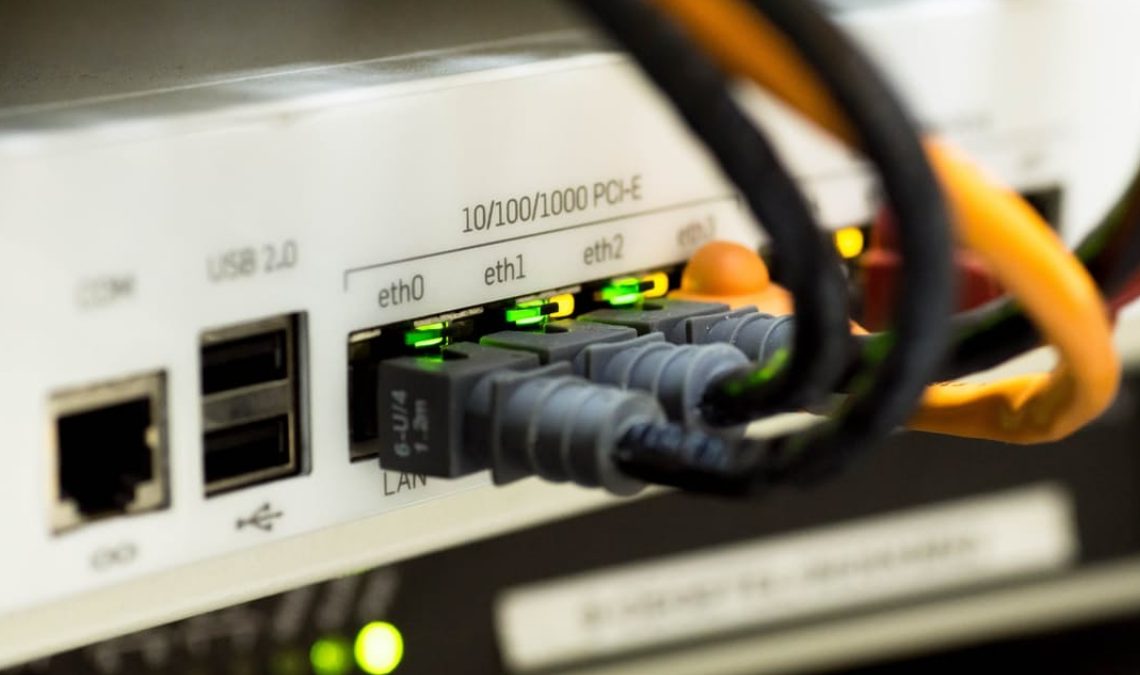
Is it the end of the line for the popular ADSL broadband? It seems so. A stop-sell program from Openreach company is phasing out its copper infrastructure used in ADSL technology with fast lane fiber. Hence, it would help to transition from ADSL broadband to a more reliable connection soon for your business continuity. While this can be a significant step forward, it can be daunting, especially if you’ve never done it before. Here are some tips on how to successfully transition from ADSL broadband to a new fast lane internet connection so that you can start enjoying high-speed internet as soon as possible.
1. Get A Reliable ISP Recommendation
When you’re picking an ISP for your business, ask other companies in your area which ISPs they recommend. That way, you can get a good idea of what kind of performance and support is available in your local area. It also helps ensure that you can rely on people working with real-world experience—not simply paying lip service to a company’s reputation or advertising claims.
However, you may want an internet connection more advanced than ADSL copper infrastructure provides. Consider getting a fiber optic internet connection for your business instead. It will give you higher bandwidth speeds and improved reliability—and it could save you money over time as well. A fiber-optic Internet connection will generally cost less per month than an equivalent ADSL plan.
Fiber optic might make sense even if its initial installation costs are higher if you have multiple employees using high-bandwidth applications or if there are heavy users at home. Such heavy usage may include;
- Online gaming
- Streaming media
- Video conferencing
You can click here for more information to help you make an informed transition.
2. Find Out What Features Your Local Providers Offer
When searching for an internet provider, it’s always good to check out what speeds and features are available in your local area. Checking on features will help you choose an internet provider with a service package that best suits your needs. Online reviews and customer feedback can also provide helpful information about broadband providers in your area.
If you want to ensure that all of your devices have fast and reliable access to online content, consider checking how many devices per home each provider allows. A high-speed connection is essential if you plan to use multiple devices at once or stream video regularly. If entertainment is critical to you, look for an internet plan with download limits so that your connection isn’t slowed down by heavy usage when other household members need to use it.
An unlimited plan might seem like a great option, but it could cost you more in data overages than an affordable limited plan. Once you know which providers offer plans with features and services that fit your lifestyle, compare their prices to find one that provides value for money.
3. Test The Broadband Speeds of Your Preferred ISP
Before you sign up for a plan, you must verify that your desired ISP is capable of offering you those advertised speeds. Ask around or look online for speed test resources specific to your preferred ISP and try testing a few of them. You should expect better download and upload speeds than your current or previous internet connection. The broadband speeds should also perform well, even during peaks.
If your results are lower than your requirements, consider signing up with another provider before committing to a contract. Unlike ADSL, which has a max download speed of 24mbps, VSDL offers internet speeds of up to 80mbps in most areas. Hence VSDL will provide faster downloads, more reliable connections, less buffering time, and no lag when playing games online.
With increased speeds and reliability, you can get a better browsing experience on all devices connected to your network. The best part about VSDL is that there’s no installation. Plug your modem into an electrical outlet and connect it via Ethernet cable to your router/modem provided by the service provider.
4. Confirm Network Coverage
When transitioning from ADSL broadband to SoGEA or FTTC/FTTP, for example, it’s essential to confirm that your address is in a location where you can get a reliable connection. You can check on their coverage checker to verify your area coverage. If you’re in an area where they can provide service, it will tell you which of our products are available at your address.
However, if service is not available, the coverage checker will explain why they cannot offer service there and what other options may be available. Once you know what services are available at your address, contact them, and they’ll help you select a plan that works best for you. Don’t let a poor network connection hold you back! Ensure you have access to fast internet speeds before signing up with any provider.
Conclusion
With these tips, you’ll be able to transition from ADSL broadband smoothly and painlessly. Most of all, though, it’s a good idea to take some time and look into your options—and also consider checking out reliable providers with faster internet speeds at a more affordable price! Let not your business slow down due to an outdated connection type. Take action today and make sure that your business is ready for tomorrow.


